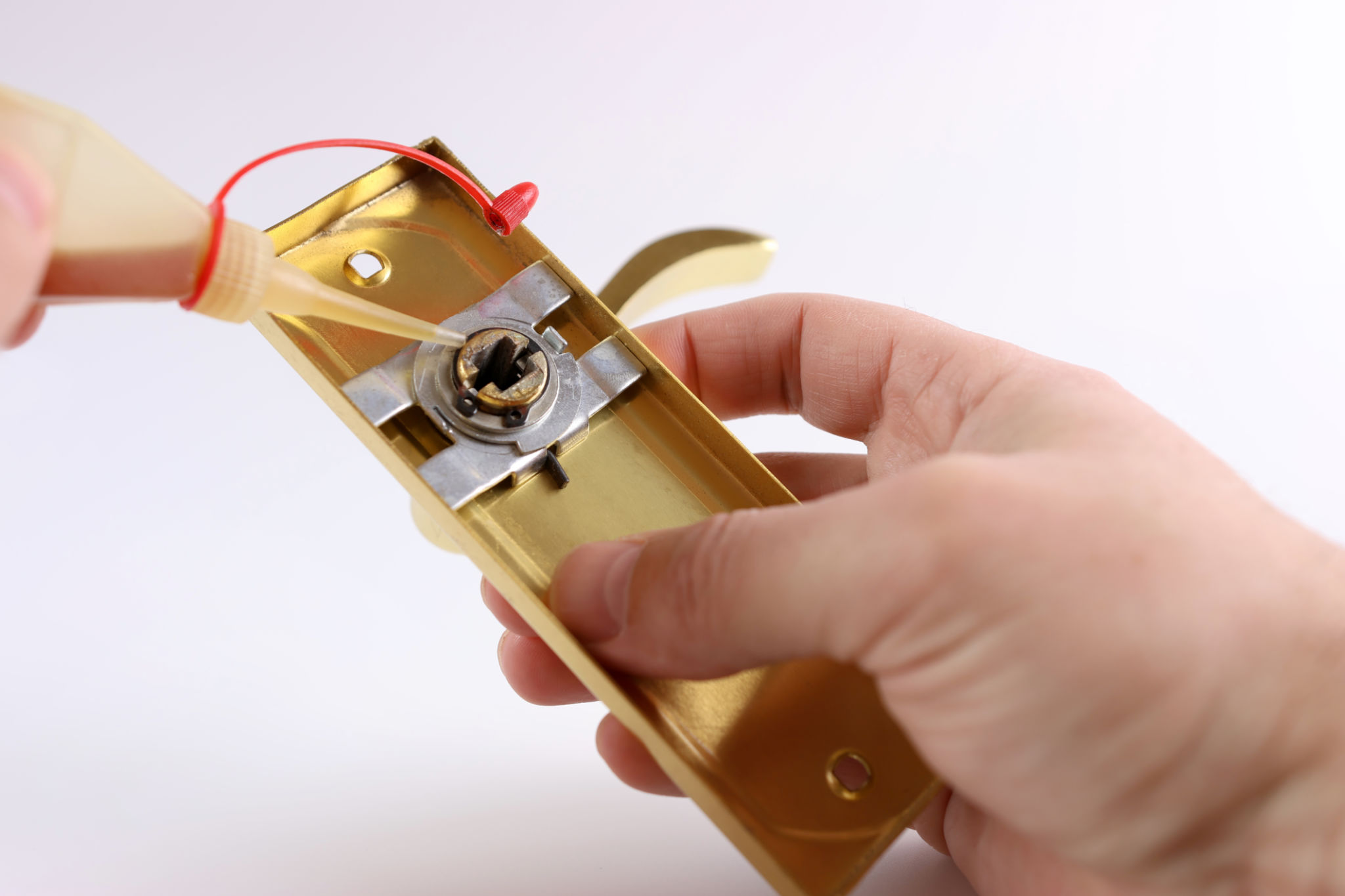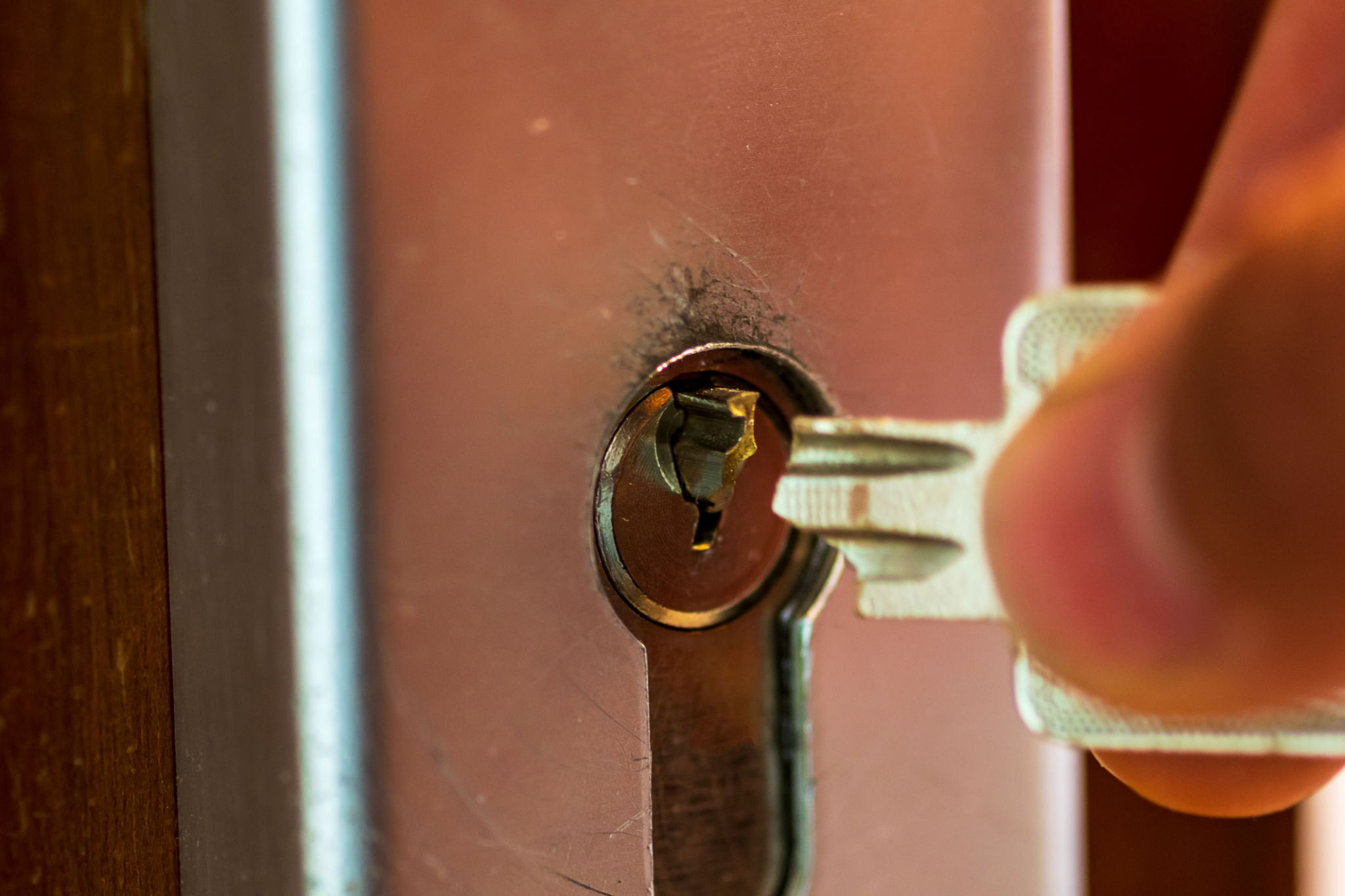DIY Lock Troubleshooting: What You Can Do Before Calling a Pro
Understanding the Basics of Lock Mechanisms
Locks are intricate devices that serve as the first line of defense for your home or business. Before diving into troubleshooting, it’s crucial to understand the basic components of a lock. Most locks comprise the cylinder, bolt, and strike plate, each playing a vital role in the locking mechanism. Familiarizing yourself with these components can make identifying the issue much more manageable.

Common Lock Problems and DIY Solutions
Key Won't Turn
If your key won’t turn inside the lock, it might be due to a misalignment or debris lodged inside the cylinder. Begin by ensuring that the key is inserted correctly. If the issue persists, try spraying a small amount of graphite lubricant into the keyhole. Avoid using oil-based lubricants as they can attract dirt and grime, worsening the problem.
Lock is Stiff
A stiff lock usually indicates a lack of lubrication or accumulation of dirt. To address this, apply a lubricant such as graphite or a silicon-based spray to the keyhole and gently work the key back and forth. This should help in loosening any internal obstructions and restore smooth operation.

Troubleshooting Door Alignment Issues
Sometimes, the problem isn’t with the lock itself but with the door alignment. If the door is sagging or misaligned, the lock bolt may not fit correctly into the strike plate. This can often be fixed by tightening the hinges or adjusting the strike plate with a screwdriver. Ensuring that the door sits properly in its frame is vital for the lock to function correctly.
Adjusting the Strike Plate
If you've identified that the strike plate is misaligned, you can adjust it by loosening its screws and shifting it slightly to match the bolt's position. Afterwards, retighten the screws to secure it in its new position. This simple adjustment can often solve locking issues without professional help.

Dealing with Broken Keys and Jammed Locks
Removing a Broken Key
A broken key in a lock can be frustrating. First, try using needle-nose pliers to gently extract the broken piece. If that fails, consider using a broken key extractor tool, which can be found at most hardware stores. Be cautious not to push the broken piece further into the lock.
Unjamming a Lock
If your lock is jammed, check for visible obstructions in the keyway. Use a flashlight and tweezers to remove any debris you find. Another option is to insert and remove the key gently while turning it slightly to help dislodge any internal blockages.

When to Call a Professional
While many lock issues can be solved with DIY methods, some situations require professional intervention. If you’ve tried these troubleshooting steps and your lock still doesn’t work correctly, it might be time to call in a locksmith. They have specialized tools and expertise to handle more complex problems, ensuring your locks function safely and reliably.
In summary, tackling simple lock problems yourself can save time and money. However, knowing when to seek professional help is equally important to prevent further damage and maintain security.
